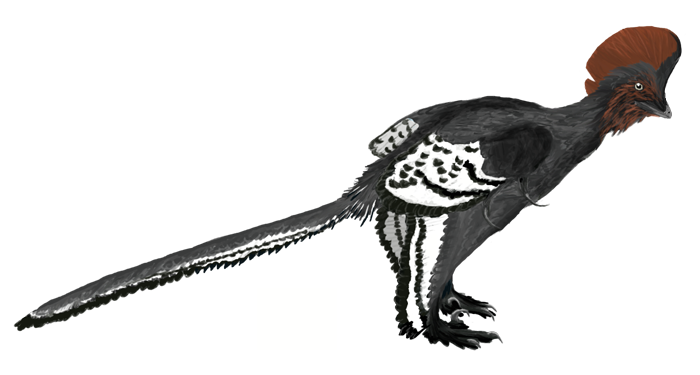Advances in technology really are making things possible, including fleshing out how dinosaurs might have looked in great detail. In this case, scientists used high-powered lasers to scan ancient fossils of a small, flying dinosaur and recreate its appearance.
Anchiornis, which means “near bird,” was a creature the size of a chicken that lived 160 million years ago during the Late Jurassic period. It had bird-like arms and legs, a thin tail and footpads, USA Today reports. The lasers revealed more information: it had a red Mohawk, and was not a predator as its diet most likely consisted of bugs and small lizards.
Michael Pitmann, a paleontologist at the University of Hong Kong and lead author on the study, says their project “revealed the first high-detail outline of a feathered dinosaur, so it’s a real landmark in our understanding of avian (bird) origins.”
The first fossils of Anchiornis were unearthed in northeastern China in 2009. Some of them were in very good shape, which Pittman says was a rare find. Well-preserved dinosaur fossils can be used to discover what the animal’s actual appearance was like.
The lasers revealed soft tissues that were previously unseen, lying alongside the bones, Pittman explains.
The process, called laser-stimulated fluorescence, exposed details that would otherwise have been invisible under regular light.
The scientists found, for example, that this dinosaur shared many of the features that modern birds possess, such as drumstick-shaped legs.
Pittman remarks, “We even have foot scales preserved in the Anchiornis specimens that are just like chickens today.”
However, they were unable to tell if this dinosaur could actually fly, or if it merely scampered around on the ground or climbed trees. Still, the study is “very important for understanding the origin of birds and the origin of flight since it was around this time that the first birds appeared,” Pittmans says.
The study was published in Nature Communications.
























